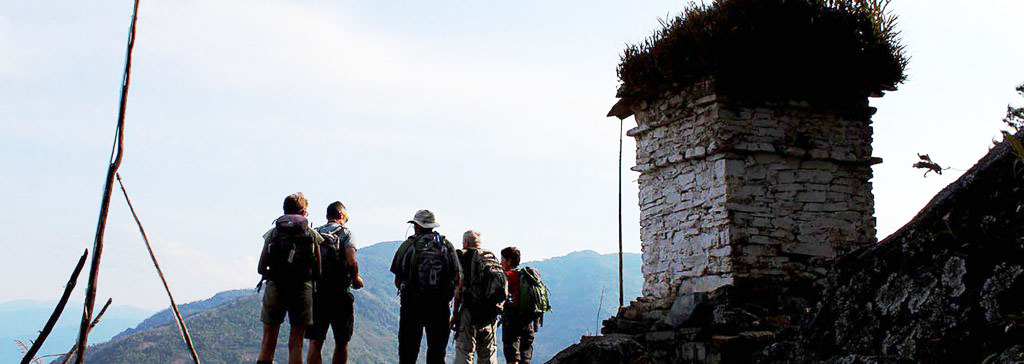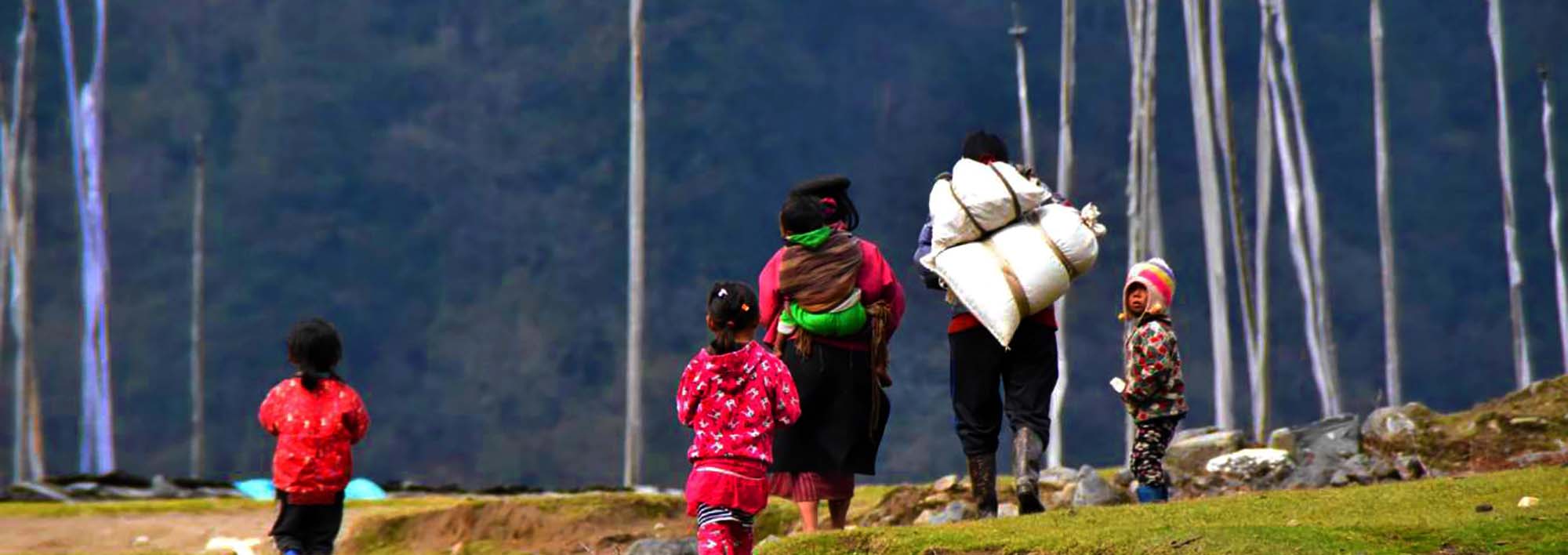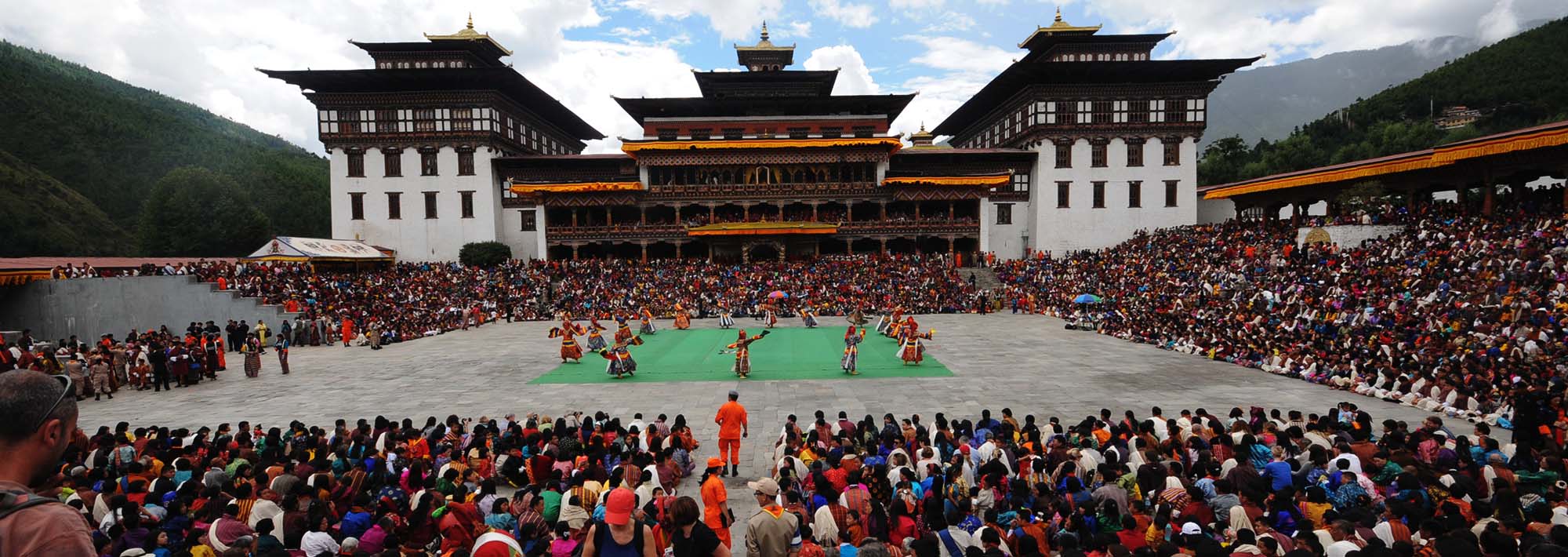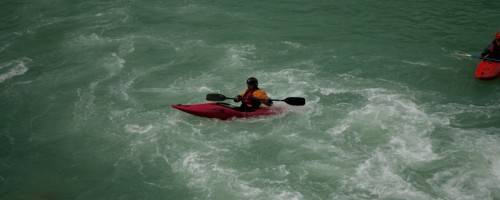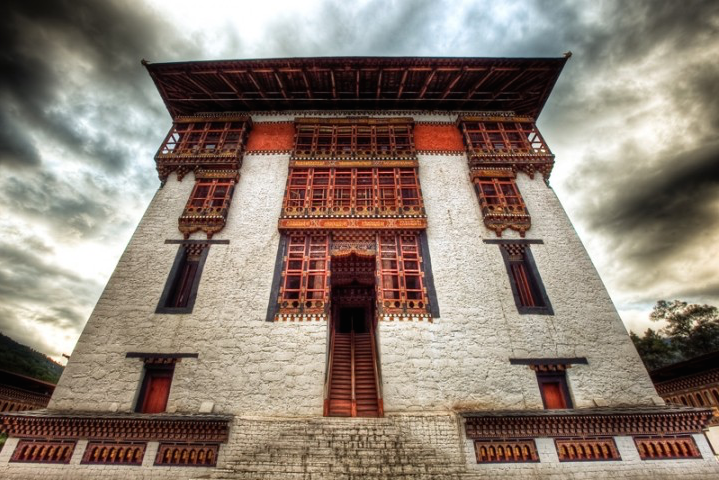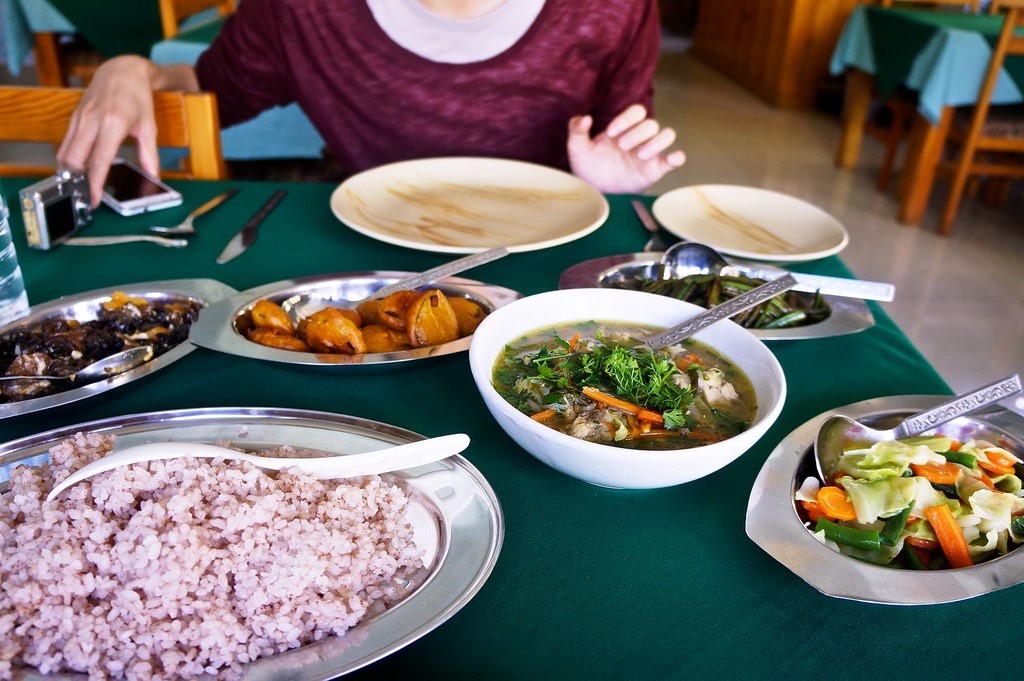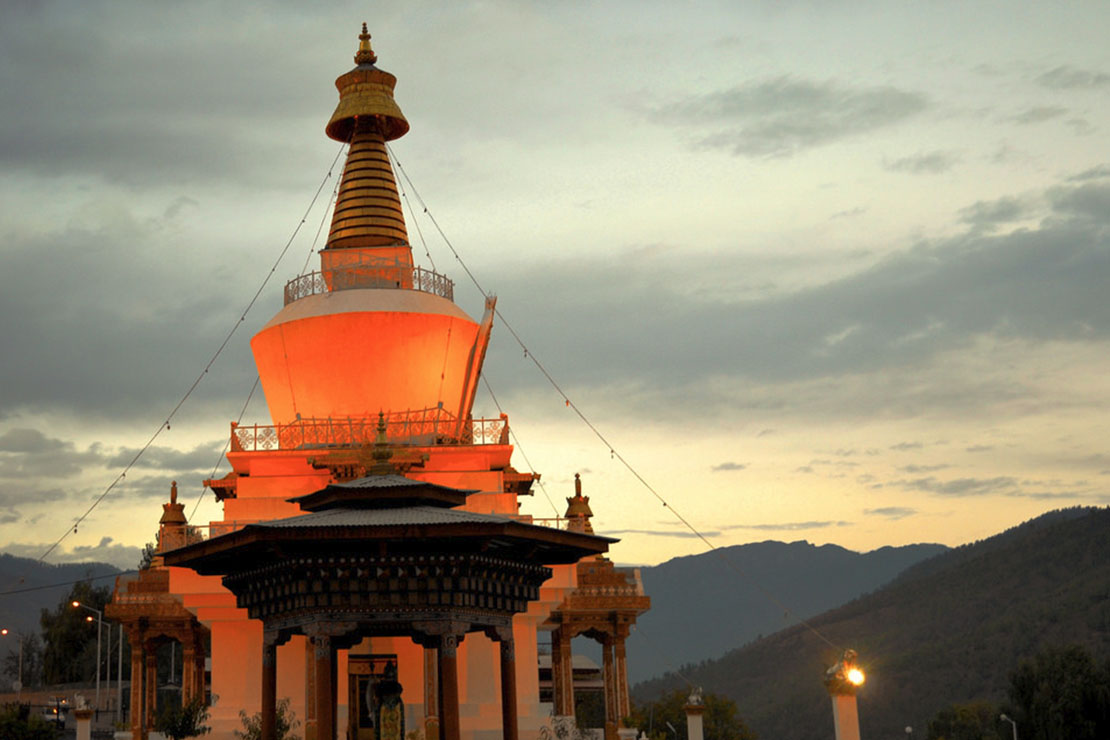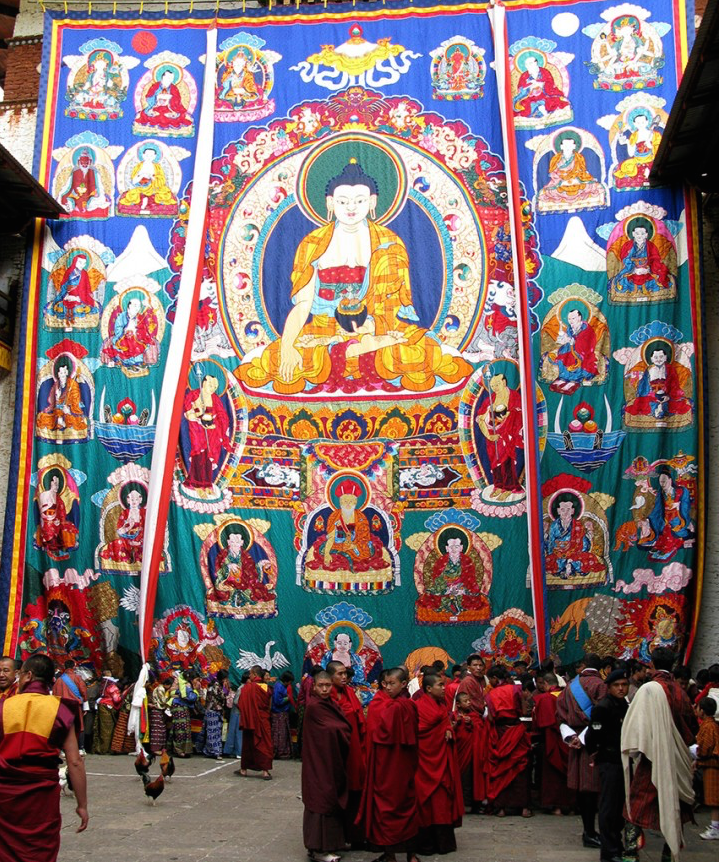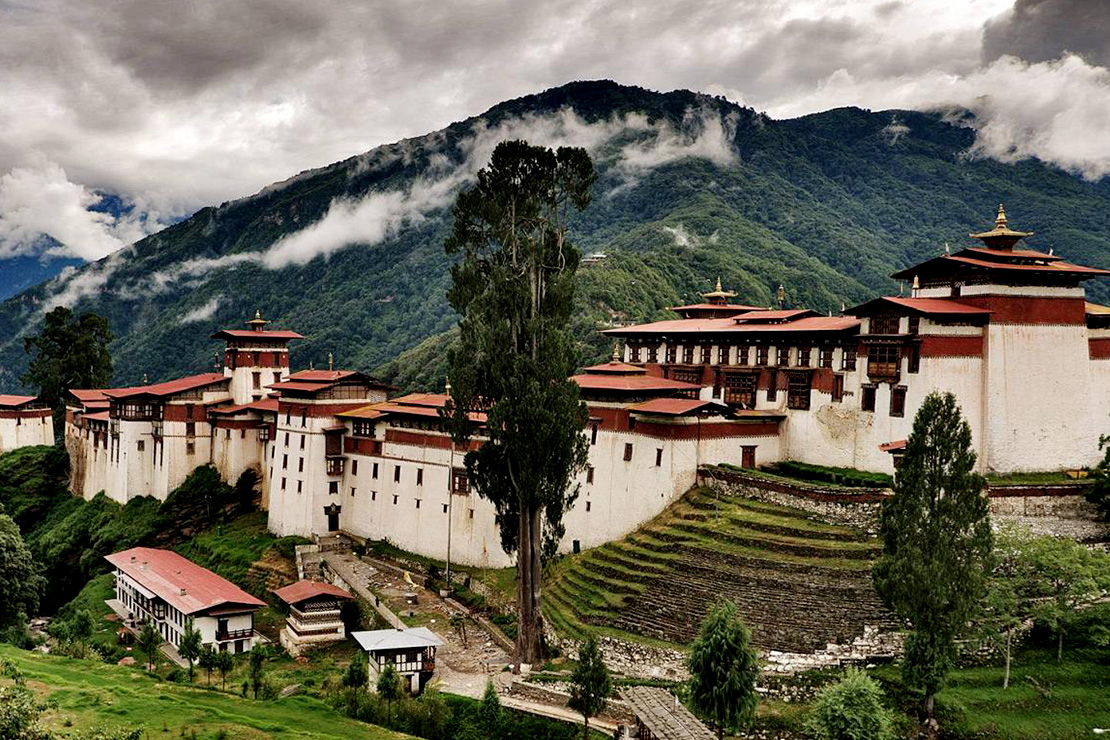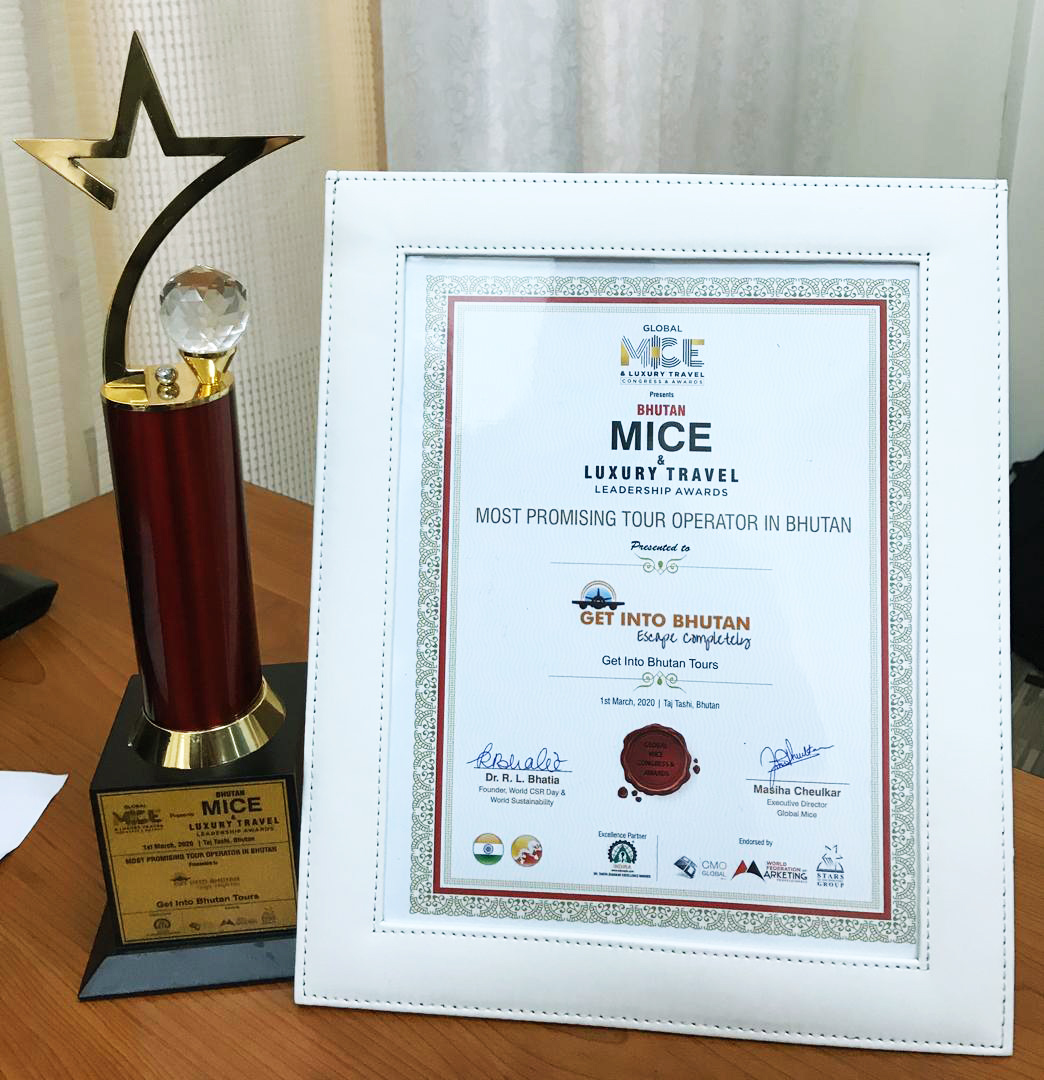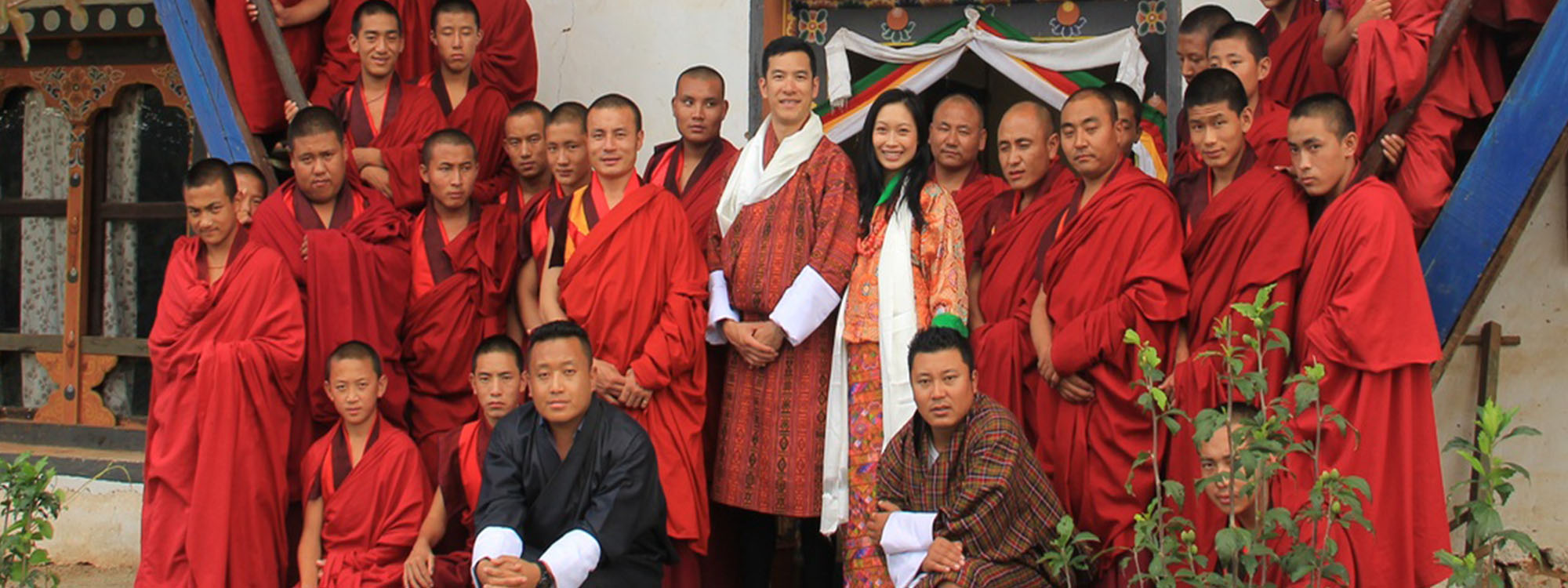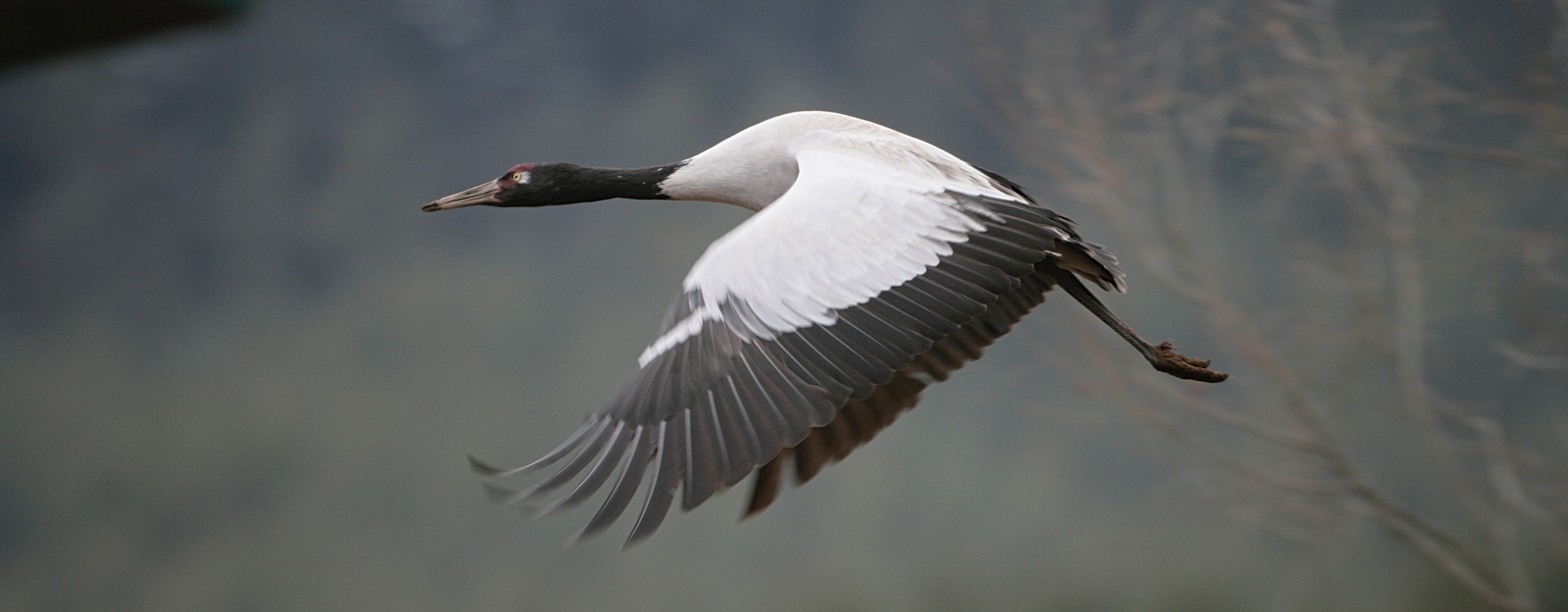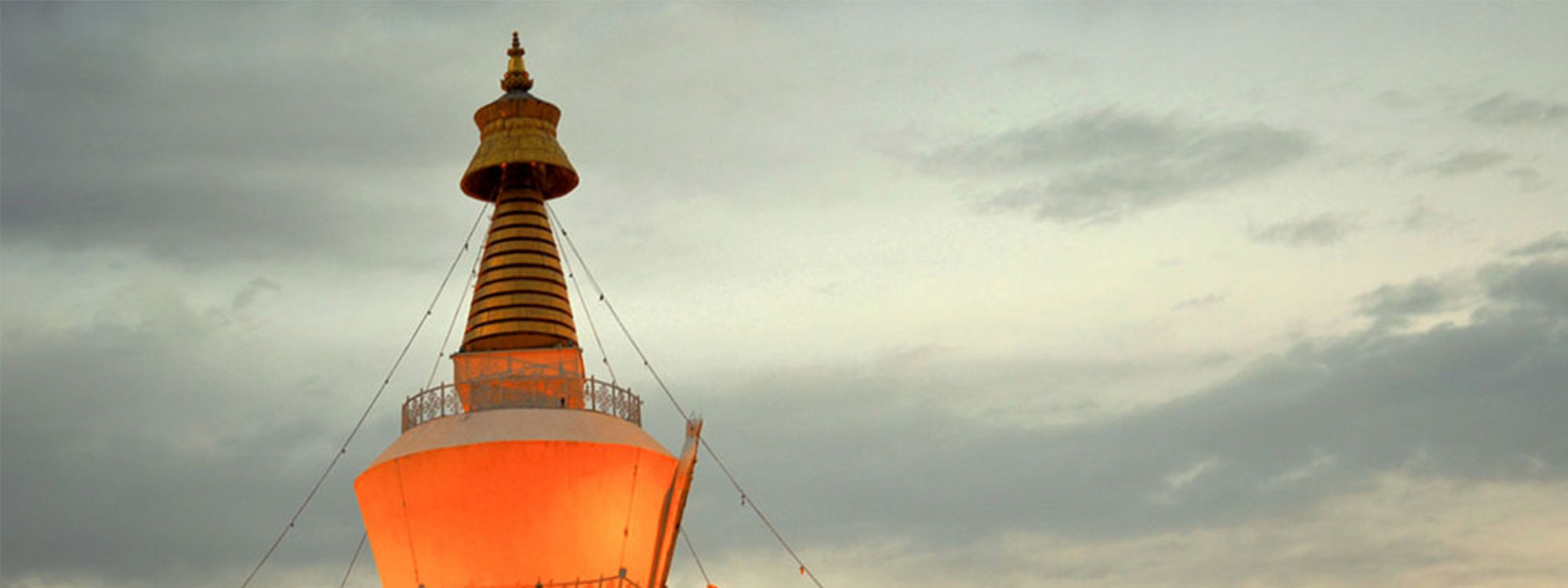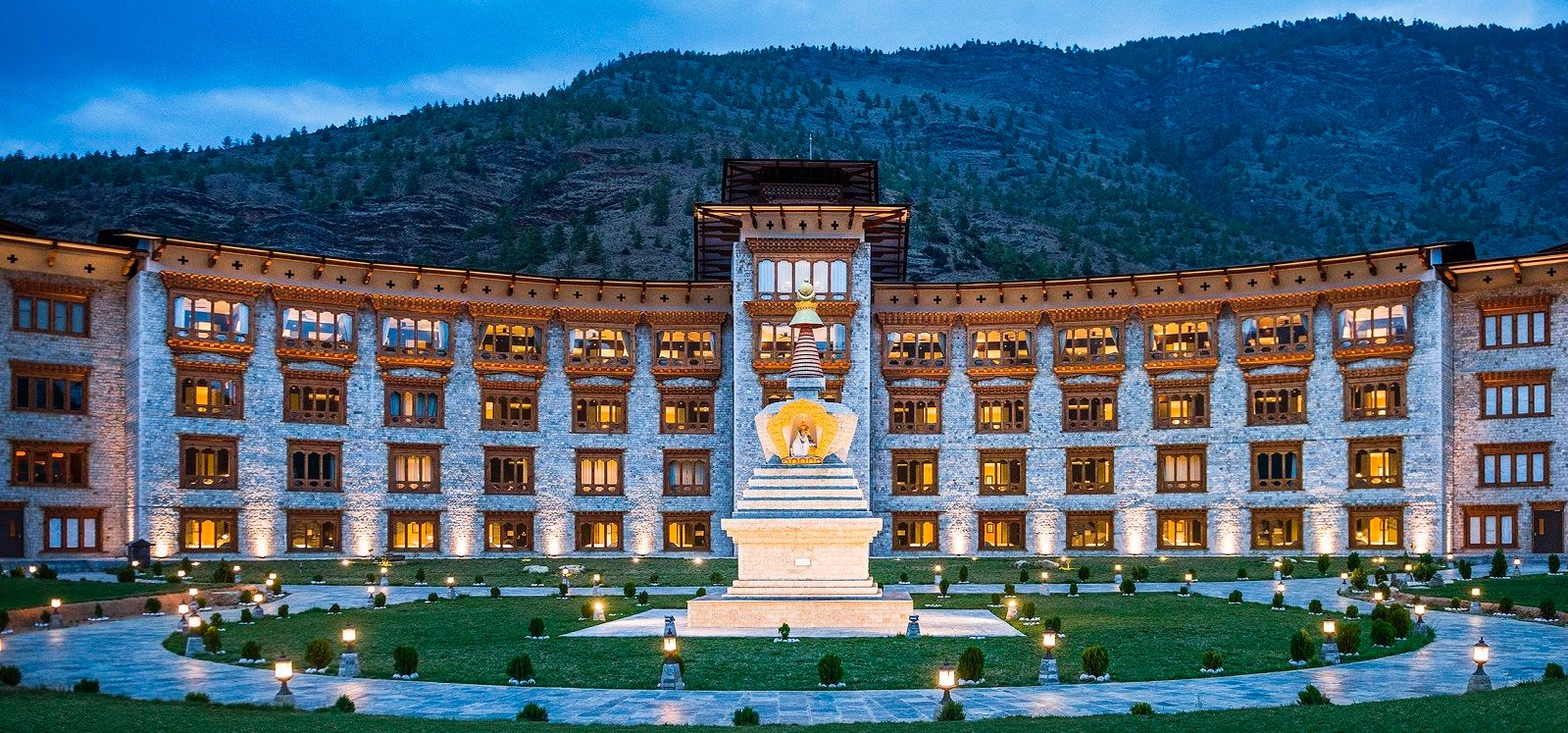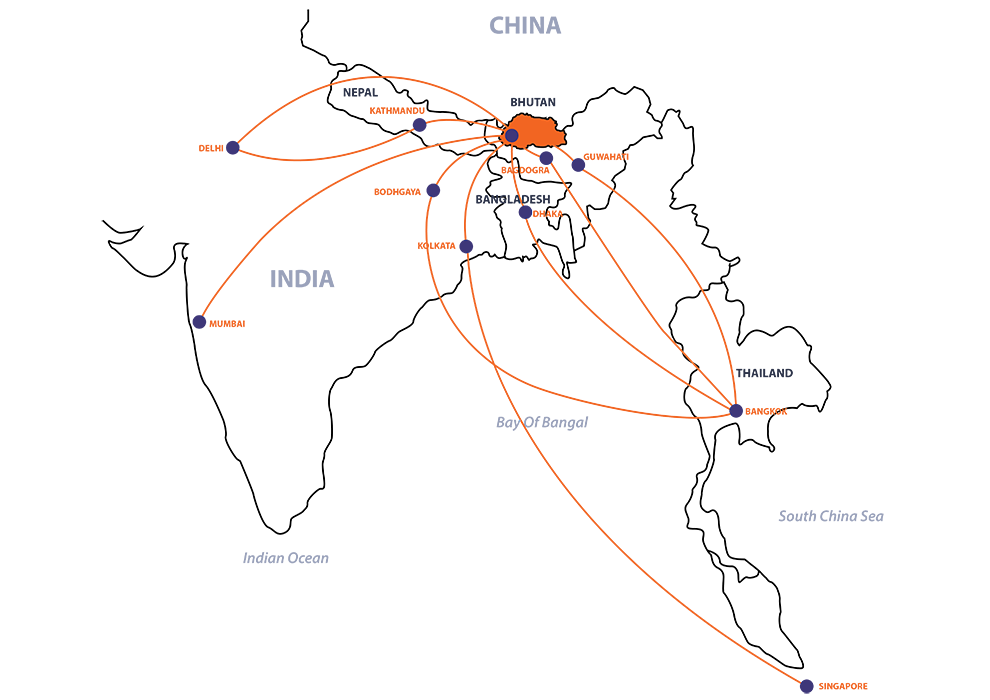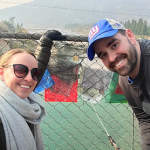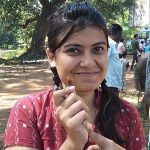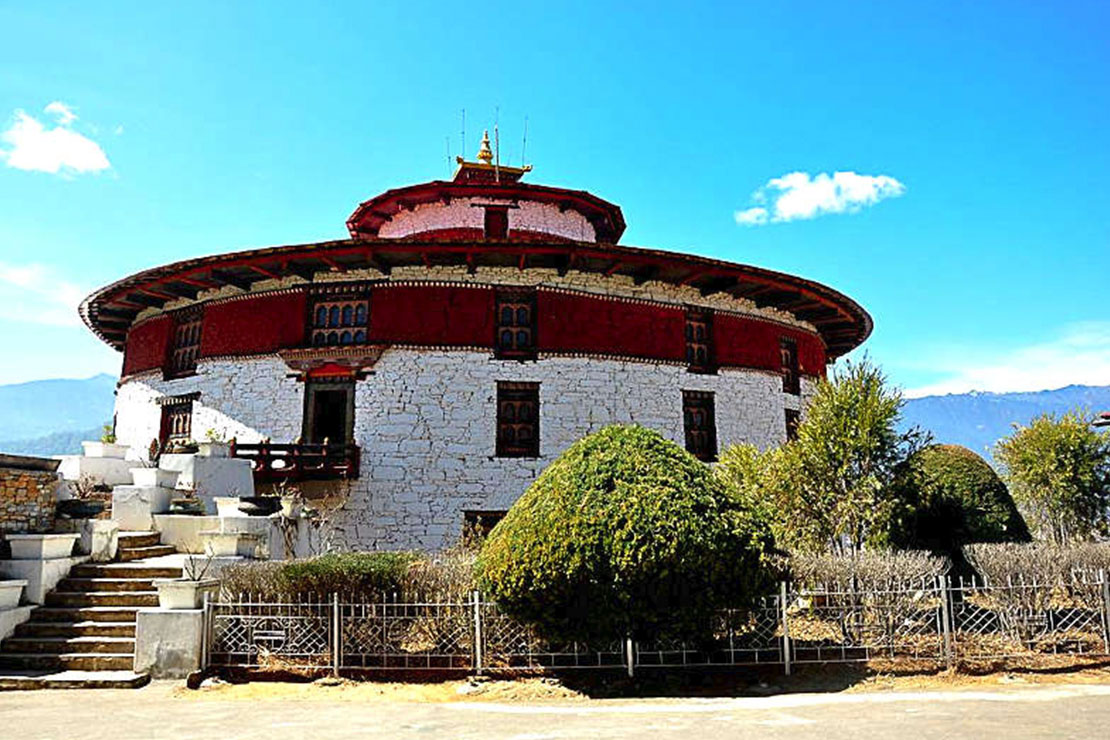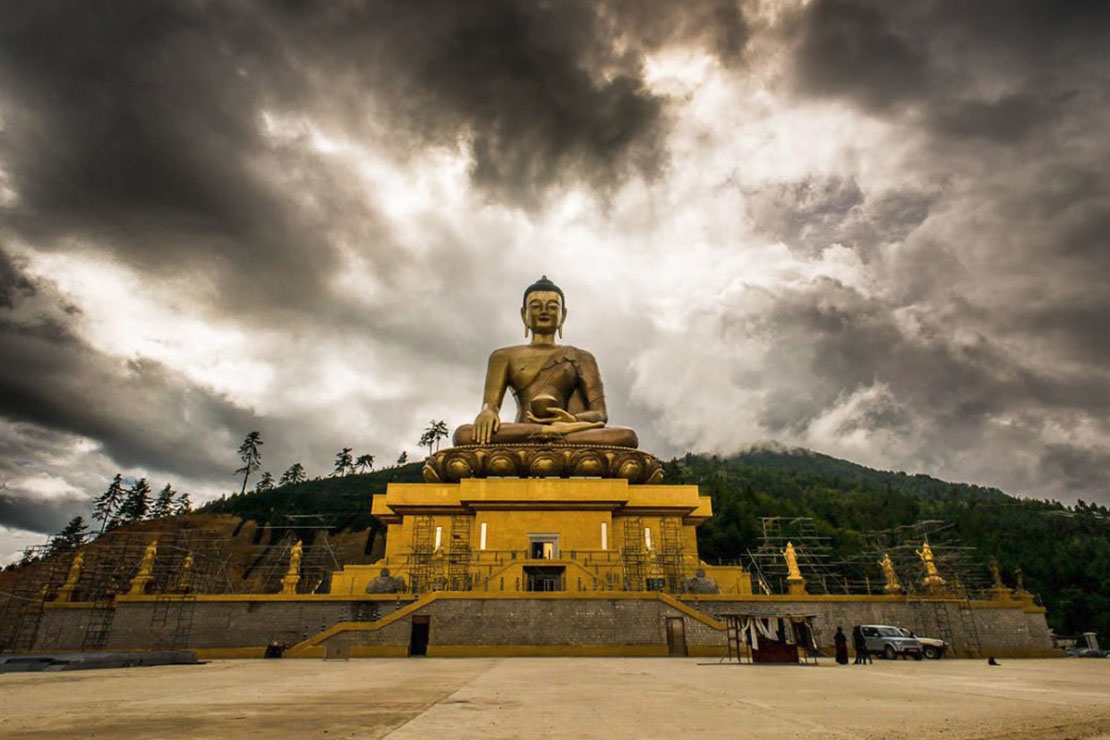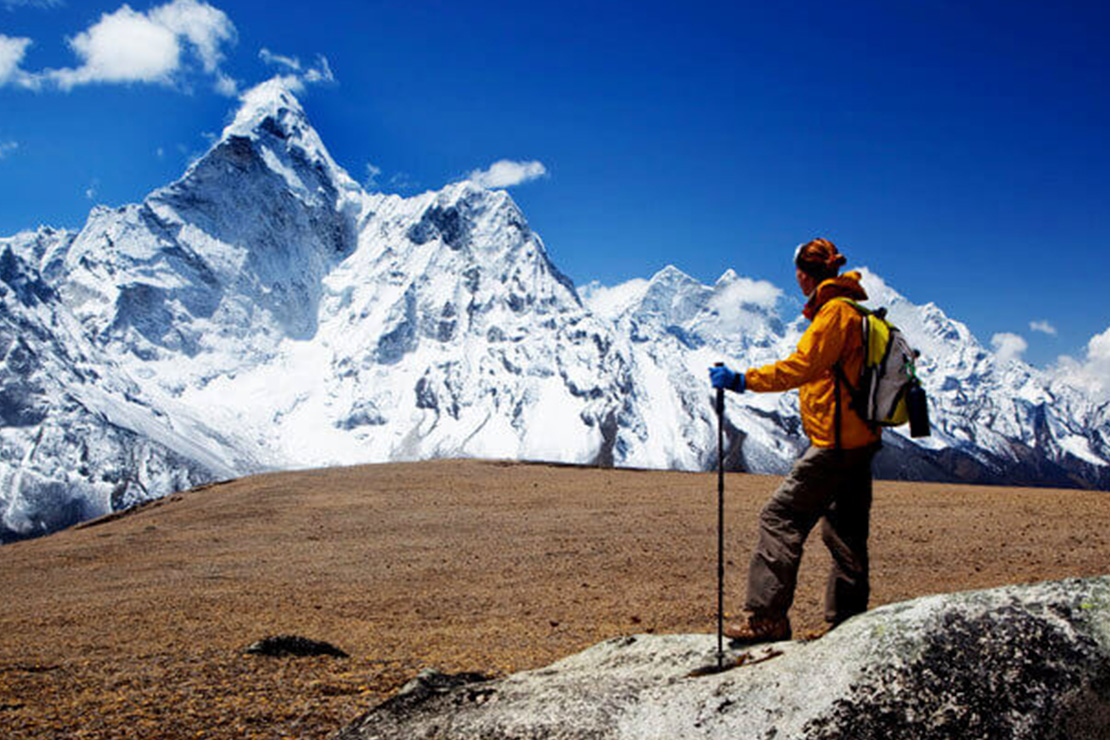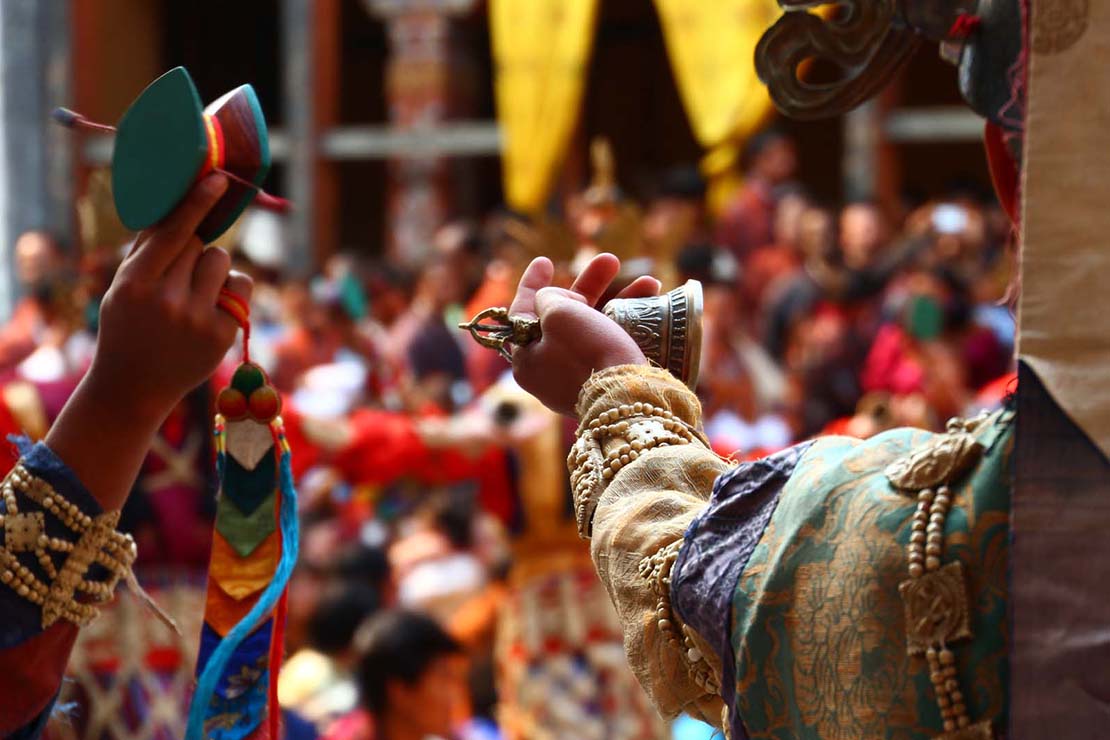History and Myths of Bhutan
By 1,500 BC people lived in Bhutan by herding animals. Then in the 7th century AD Buddhism was introduced into Bhutan. In the 8th century an Indian named Padmasambhava did much to encourage the spread of Buddhism in Bhutan. Ever since Buddhism has been an integral part of the culture of Bhutan. However for centuries the people of Bhutan were disunited. Then in 1616 Ngawang Namgyal became spiritual leader of Bhutan. He took the title Zhabdrung Rinpoche. Under him Bhutan became a united country. Ngawang Namgyal also divided the government of Bhutan into spiritual and secular. The Zhabdrung was the...read more
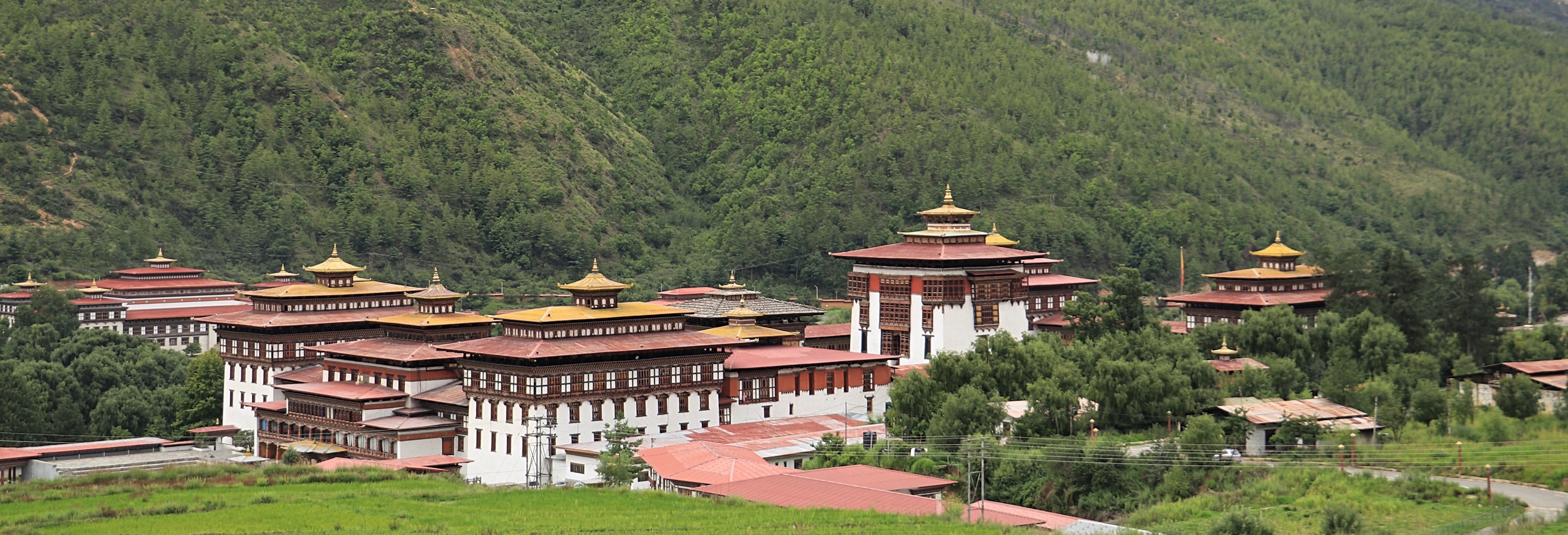
Modern Bhutan
In 1907 Ugyen Wangchuk was elected king of Bhutan. Then in 1910 Bhutan and Britain signed a treaty. Britain agreed not to interfere in the internal affairs of Bhutan as long as the Bhutanese accepted British advice on its external relations. In 1947 India became independent. In 1949 India signed a treaty with Bhutan. India agreed not to interfere in Bhutanese affairs as long as Bhutan accepted Indian advice on its internal affairs. In the 1960s Bhutan ended its isolation. Bhutan joined the Colombo Plan in 1962. Bhutan joined the Universal Postal Union in 1969 and joined the UN in...read more
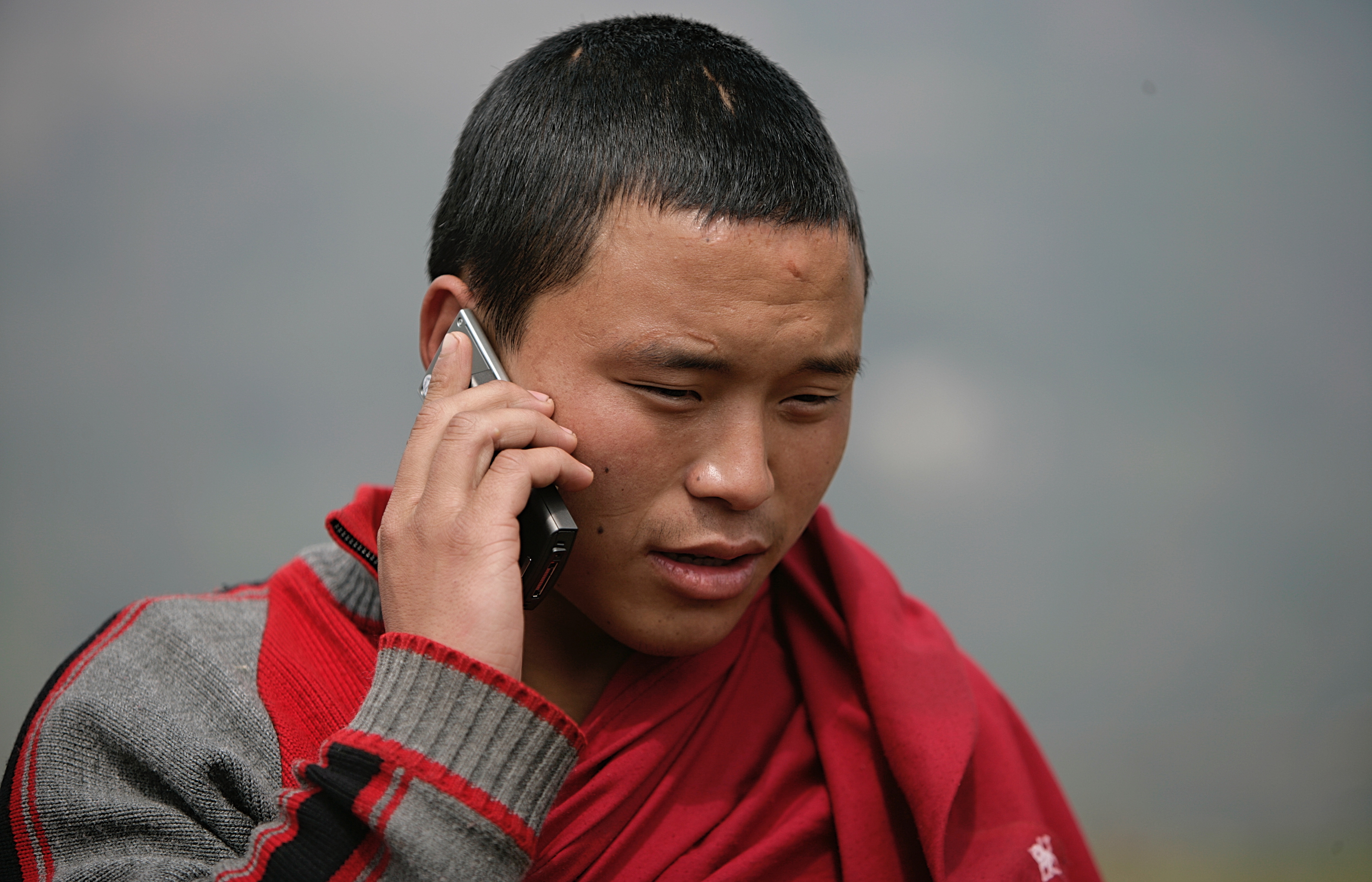
Traditions and Culture
In the Buddhist perspective, culture, tradition and beliefs and the environment are dynamic phenomena that are interwoven tightly in the web of life. As a Buddhist philosopher say, "Culture lies not in objects or monuments but in the mind and compassion towards all sentient beings". Bhutan's unique cultural and traditional values, highly valued in themselves by all the population, are the essential embodiments of the nation's identity. For a small country located between two most populated countries of the world, India and China, the preservation and promotion of its distinct cultural identity is seen as an important means for its...read more
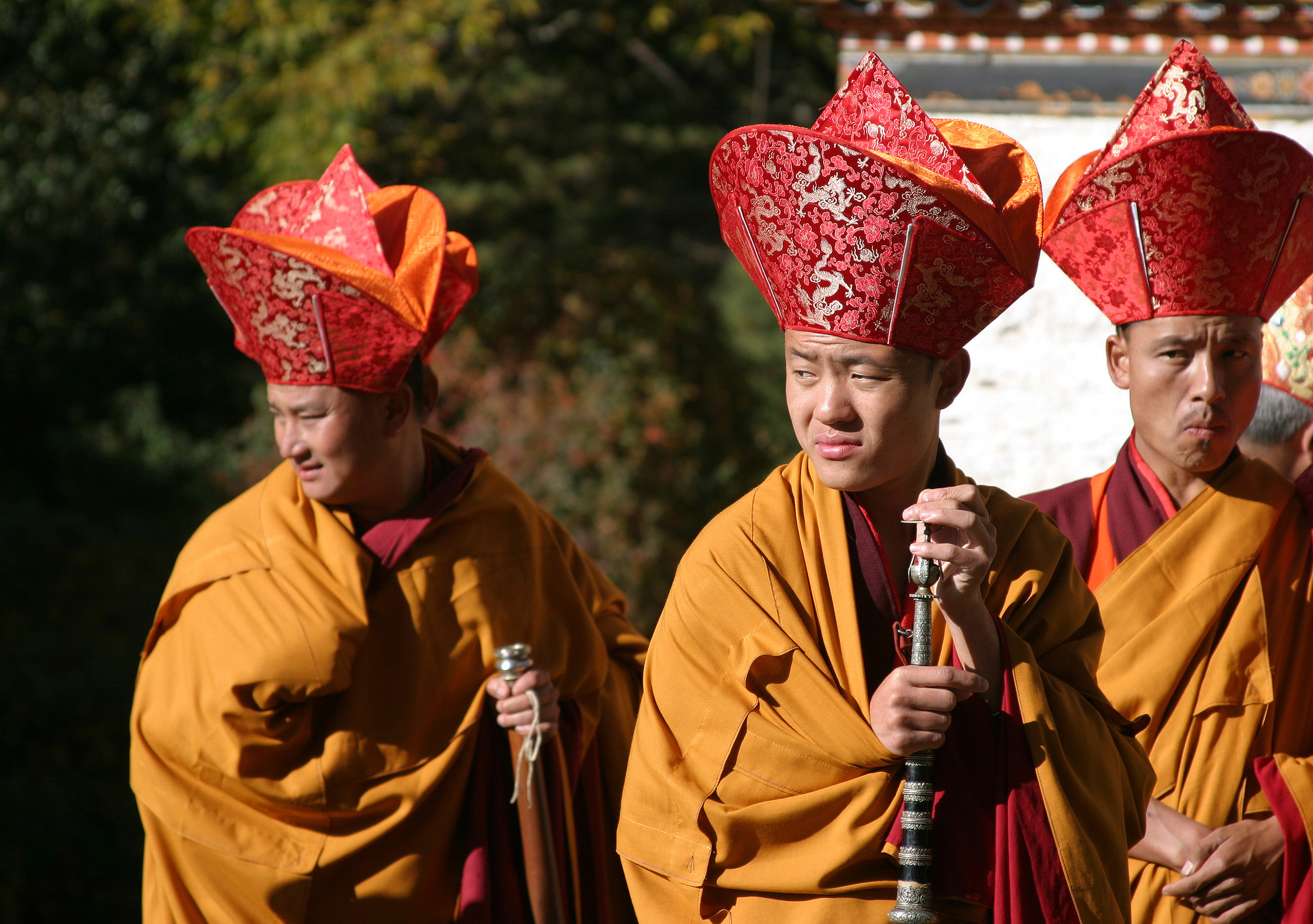
Birth
Birth of newborn baby is always celebrated in Bhutan. Mothers are cared and looked after very well. A small purification ritual is performed on the 3rd day after which guests & outsiders are allowed to meet mother & child, offer them gifts that include clothes, money and even dairy products. A highly religious figure (lama) gives name to the child. Newborn baby with mother also visit the local religious temple to receive blessings. A horoscope predicting future of the baby is drawn out with the help of time and date of birth based on the Bhutanese calendarread more
Marriage
Marriage in Bhutan is extremely simple affair. Bride as well as the bridegroom has to perform a number of traditional rituals. At the end of marriage ceremony, friends, relatives and parents offer scarves, gifts including cash and gold to the newlywed couple. As in case of divorce, the husband and wife can freely choose to go with their new partners after divorce without any disgrace or shame.read more
Funeral
In Bhutan, people believe that death is the route to rebirth or new life. To ensure that the deceased person gets a good rebirth a lot many rituals are performed at the time of funeral. On the 7th, 14th, 21st and 49th day, several rituals are performed and prayer flags erected in memory of the diseased family member. Normally, the dead bodies are cremated, but some community in Southern Bhutan bury, while brokpas of eastern Bhutan prefer to chop off the dead body and feed the vultures. On every death anniversary of the deceased person, a lot of rituals are...read more
Bhutanese Dress
Dress that the men wear is known as Gho reaches up to their knees while the dress that the ladies wear is known as Kira reaches up to their ankles. The men’s dress Gho is folded and tightly tied to the waist by Kera (belt). The pouch so formed is used to carry wallet, mobiles, beetle nuts and other such small items. Traditionally, the pouch was used to carry bowls and dagger. In the Bhutanese tradition, wearing scarves is a must for everybody while visiting religious places like Dzongs and other religious and administrative places. Kabney is the scarf that...read more
Eating Habits
The traditional Bhutanese people eat with hands. All members of the family sit with their legs crossed on the wooden floorings. Food is served first to the head member of the family generally by women members of the family. People offer short prayers before eating and place a small morsel on the floor to offer food to the spirits. But now everything has changed with the modernization, people in urban areas prefer to eat with forks and spoons siting on dining tables. Dishes were traditionally prepared in earthenware, but now pans and pots have replaced the earthenware. Meal usually consists...read more
Festivals
Tshechu is the traditional festival, which is celebrated in all the districts of Bhutan. People in their traditional dresses meet at the temples and religious monasteries to celebrate the festival. Tshechus are held to celebrate the main events in Guru Rinpoche’s life, master of Indian Tantric and also considered as the Second Buddha. Mask dances along with folk songs and dance can be witnessed in the three days long festival. People meet friends, relatives and share their meals together (Rice, Ema Datshi and Traditional wine Ara).read more
Language
Bhutan is linguistically rich with over eighteen dialects spoken all over the country. National language is Dzongkha, the native language of the Ngalops of western Bhutan. Dzongkha literally means the language spoken in the Dzongs and administrative centres of Bhutan. The other major languages are Tshanglakha and the Lhotshamkha. Tshanglakha is the native language of the Tshanglas of eastern Bhutan while Lhotshamkha is spoken by the southern Bhutanese of Nepali origin.read more
People
Bhutanese people can be generally categorized into three main ethnic groups. The Tshanglas, Ngalops and the Lhotshampas. The other minority groups are the Bumthaps and the Khengpas of Central Bhutan, the Kurtoeps in Lhuentse, the Brokpas and the Bramis of Merak and Sakteng in eastern Bhutan, the Doyas of Samtse and the Monpas of Rukha villages in Wangdue Phodrang. Together the multiethnic Bhutanese population number slightly more than 758,000. TSHANGLAS The Tshanglas or the Sharchops as they are commonly known are considered the aboriginal inhabitants of eastern Bhutan. Tshanglas or the descendants of Lord Brahma as claimed by the historians...read more
Bhutanese Society
The Bhutanese society is free of class or caste system and any inhibition that is detrimental for a society to progress. The Third King Jigme Dorji Wangchuck abolished slavery in the early 1950s through a royal edict. Though, few organizations to empower women have been established a few years back, in general the Bhutanese have always been gender sensitive. In general ours is an open and a good-spirited society. Living in a Bhutanese society generally means understanding some basic norms like Driglam Namzha, the traditional etiquette. This is a norm that desires members of the society to conduct themselves in...read more
Religion
Bhutan is a Buddhist country and people refer to it as the last stronghold of Vajrayana Buddhism. The Indian Tantric master Guru Padmasambhava first introduced Buddhism in the 8th century. Till then people by and large worshipped all forms of nature, remnants of which are still evident even today in some remote villages in the country. The older form of religion was referred to as Bon and was accompanied by offerings of animal sacrifice and worshipped a host of deities invoking and propitiating them. They believed in invisible forces and considered them as the rightful owners of different elements of...read more
Animism
Though referred to as the last Vajrayana Buddhist country, yet one may still come across animistic traditions and beliefs being practiced by the people. Nature worship and animal sacrifice are still a part of the Bhutanese worship. Every village has a local priest or a shaman to preside over the rituals. Some of the common nature worship being practiced are the Cha festival in Kurtoe, the Kharphud in Mongar and Zhemgang, the Bala Bongko in Wangdue Phodrang, the Lombas of the Haaps and the Parops, the Jomo Solkha of the Brokpas, the Kharam amongst the Tshanglas and the Devi Puja...read more
Flora and Fauna
Some 26.23% of the country’s area is protected through National Parks. In addition, a further 9% has been declared as Biological Corridors, connecting protected areas, and there are a series of Conservation Areas intended to protect important conservation sites outside the formal Protected Areas system. As a result, more than 35% of the country’s area is under the protection of some form of conservation management. This system serves as a globally unique system for in situ conservation of biodiversity. Regarding diversity at the species level, inventories have indicated that over 5500 species, including 300 species of medicinal plants and over...read more
National Parks
Royal Manas National Park This 1,023 sq km park in south central Bhutan adjoins the Black Mountain National Park to the north and India’s Manas National Park and Manas Tiger reserve to the south. It was initially established as a reserve game park. It is home of rhinoceros, buffalo, tiger, leopard, gaur, bear, elephant, wild dog, pygmy hog, hispid hare and several species of deer. Plans for opening Manas National park for tourists in underway. Black Mountain National Park Black mountain Park is renamed as Jigme Singye Wangchuk National Park. This area of 1,723 sq km protects the range of...read more
Environment
Nowhere in the Himalayas is the natural environment more rich and diverse than it is in Bhutan. One of Bhutan’s ancient names was Menjong Yul, meaning ‘the land of Medicinal Herbs’ and so rightfully. Even today, natural environment is mostly in undisturbed and pristine form. The ecosystem in Bhutan is diverse, because of its location, great geographical and climatic variations. Bhutan’s high, rugged mountains and deep valleys are rich with spectacular biodiversity, making one of the world’s ten most important biodiversity ‘hotspots’. For centuries, Bhutanese have treasured the natural environment and have looked upon it as the source of all...read more
Traditional Arts and Crafts of Bhutan
In Bhutan, art remains an essential part of daily life that retains the purity and handcraft of ancient times that rarely manifests itself in Western Culture. Certainly, these practices evolve and adapt through the new generations, but at the same time it preserves the internal and external spirituality—full of the sacred beliefs of this mystic and mysterious land—of creating a work of art from the past. For the Bhutanese people, each piece they create represents a religious experience, a connection with something that goes beyond them and enlightens them creatively, and this is why the 13 Traditional Arts and Crafts,...read more
Bhutan’s Gross National Happiness (GNH)
The phrase ‘gross national happiness’ was first coined by the 4th King of Bhutan, King Jigme Singye Wangchuck, in 1972 when he declared, “Gross National Happiness is more important than Gross Domestic Product.” The concept implies that sustainable development should take a holistic approach towards notions of progress and give equal importance to non-economic aspects of wellbeing. Since then the idea of Gross National Happiness (GNH) has influenced Bhutan’s economic and social policy, and also captured the imagination of others far beyond its borders. In creating the Gross National Happiness Index, Bhutan sought to create a measurement tool that would...read more
